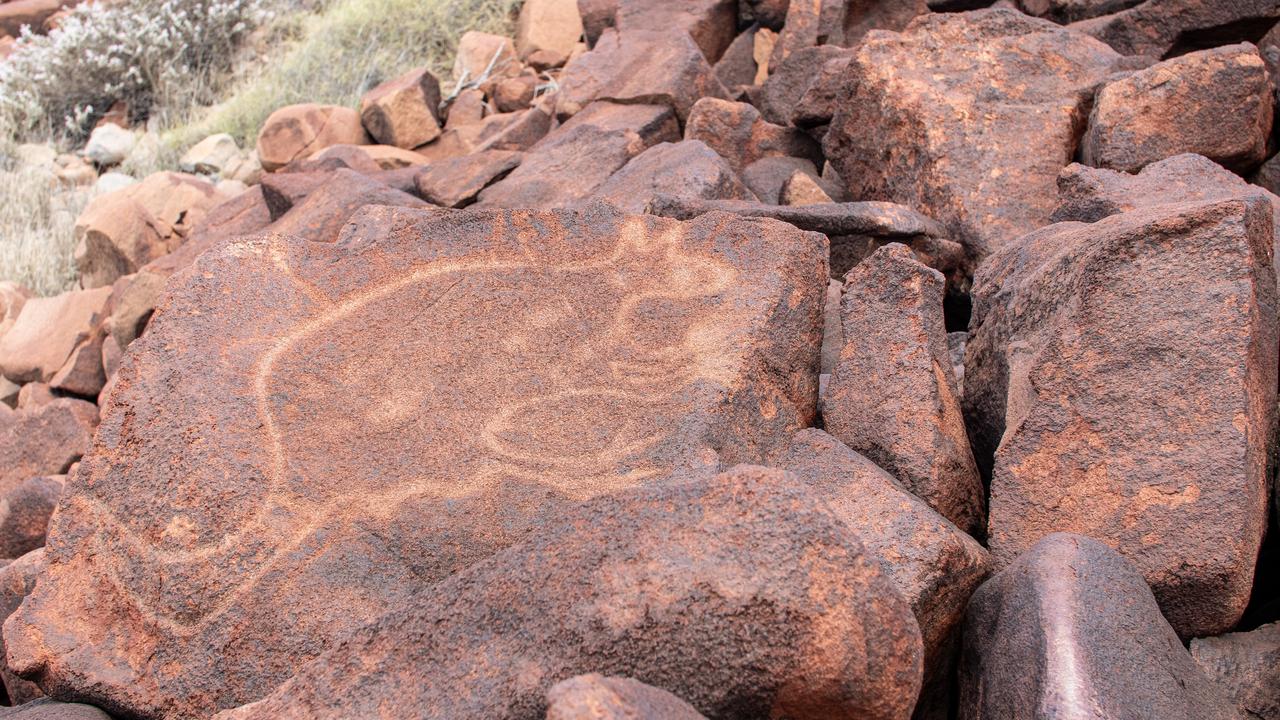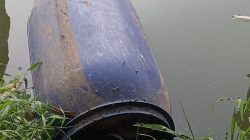A Historic Recognition with Ongoing Concerns
The Murujuga rock art landscape in Western Australia has recently been granted World Heritage status, marking a significant milestone for its cultural and historical significance. This recognition, however, comes with a sense of bittersweetness for environmentalists and traditional custodians who fear that nearby industrial activities may be harming the ancient engravings.
The listing by the United Nations Educational, Scientific and Cultural Organisation (UNESCO) followed extensive advocacy from the federal government. Environment Minister Murray Watt highlighted the importance of this achievement, stating that it ensures stronger protections under Australian legislation and allows the world to appreciate this unique cultural landscape. Watt was accompanied by representatives from the Western Australian government and the Murujuga Aboriginal Corporation during his visit to UNESCO’s headquarters in Paris.
The Significance of Murujuga
Murujuga is home to the world’s largest, densest, and most diverse collection of Indigenous rock art engravings, known as petroglyphs. Some of these engravings are estimated to be over 50,000 years old. They depict a range of subjects including animals, plants, and human figures. The visibility of these artworks is due to the contrast between the removed varnish layer and the underlying brighter weathered rind of the host rocks.
Despite the recent success, the site had previously been submitted for World Heritage listing in 2023. However, Australia’s application was referred back in May due to concerns about nearby acid emissions, particularly those from Woodside’s Burrup gas hub, which were deemed to be degrading the art. The peninsula near Karratha hosts several industrial facilities, including two gas plants, a fertiliser plant, and iron ore and salt export facilities.
Industry Expansion and Environmental Concerns
Senator Watt recently provided provisional approval for a Woodside project on the peninsula to continue operating until 2070. This decision has raised concerns among traditional custodians and environmentalists. Raelene Cooper, a Mardathoonera woman and Murujuga traditional custodian, welcomed the World Heritage listing but criticized the removal of recommended protections, including halting industry expansion. She stated that Australia had rewritten the World Heritage listing in the interests of the gas industry.
Environmental groups have also expressed worry about the potential damage caused by the Woodside project extension. Kelly O’Shanassy, chief executive of the Australian Conservation Foundation, emphasized that the world is now watching and urged the Australian government to ensure that the values recognized by UNESCO are not compromised by ongoing industrial pollution.
Calls for Action
Sophie McNeill, WA Greens Fossil Fuels spokesperson, called on both state and federal governments to reverse the draft approval for the North West Shelf extension. She criticized the Labor government for its efforts to remove protections, calling it disgraceful.
Australia currently has 21 properties on the World Heritage list, which includes notable sites such as the Budj Bim Cultural Landscape, Uluru-Kata Tjuta National Park, and the Great Barrier Reef. In addition to the Murujuga site, UNESCO has added several other sites to its list, including the Xixia Imperial Tombs in China and the Faya Palaeolandscape in the United Arab Emirates.
Balancing Development and Preservation
The recognition of Murujuga as a World Heritage site underscores the need for a balanced approach between industrial development and the preservation of cultural heritage. As the site gains international attention, the challenge remains to protect its invaluable rock art while accommodating economic interests. The decisions made by policymakers will play a crucial role in determining the future of this historic landscape.







